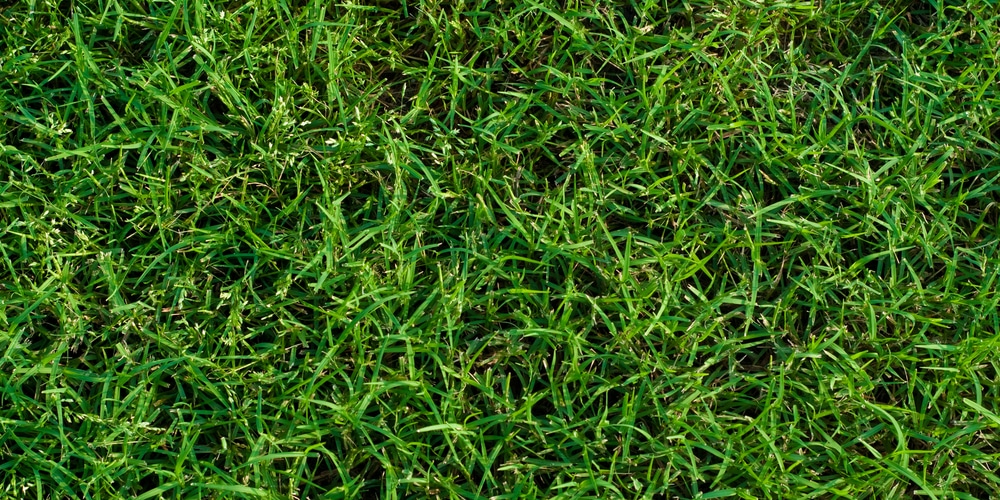Very few grasses survive in the sand, but is Bermuda one of them? More importantly, will Bermuda grass grow in sand?
Bermuda grass and sand may sound like a bad combination, but they actually go well together. Bermuda on sand spreads quickly and will benefit from the medium’s well-draining characteristics. In fact, Bermuda is a recommended turf if you want a green lawn near the beach.
Will Bermuda Grass Grow in Sand?
The answer is yes, bermuda grass can grow on sand as long as it’s getting its other requirements, particularly watering and exposure to sun.
It’s a warm season perennial grass variety, which means the more sunlight you can provide the happier and greener it will be. Bermuda peaks during spring through summer and will keep its form even when there’s a fair amount of traffic.
While it’s true that bermuda grows well in sandy soil, other types such as clay can also work, mainly because of its growth habit and vigorous root system.
You can achieve full coverage in about 4 to 6 weeks of planting. Sowing and germination usually takes around 7 days, and completion is done in 14 days.
The secret to growing bermuda grass is ensuring that the soil is well-draining, and sand can fill that requirement quite nicely. It’s recommended that you clear trees to eliminate shade.
Does Sand Make Bermuda Grass Grow?
Bermuda grass is rated hardy in USDA zones 6 to 11. These areas have mild winters and won’t touch or damage your grass that much.
Sand can, by itself work as a medium to grow bermuda grass but it’s recommended that you mix in compost and a generous amount of phosphorus fertilizer in the compost and as a mulch.
Bermuda can grow successfully on clay, loam and sand as long as it’s well-draining and has a high amount of nitrogen.
How to Grow Bermuda Grass in Sandy Soil
Before planting or seeding bermuda grass it’s best to take your time clearing the soil medium of any unwanted weeds.
You can apply herbicide in a pre-emergent state, which means you can spray weed killer and let it sit in about two weeks before seeding the lawn.
Then, mix in organic matter and fertilizer along with the sand and prepare it for the bermuda seeds. Plant and rake over so they’re covered in about a fourth inch of soil.
Turn on the hose and give your lawn a generous drink of water. The soil should stay moist long enough for the seeds to germinate. Continue regular watering until the bermuda is well-established, then reduce it to the point that you water only when the top inch of the soil is dry.
To achieve a healthy and green lawn you should apply nitrogen-rich fertilizer on a monthly basis. Change it to potassium during the winter season and only limit it to three per year.
Regular mowing helps keep the bermuda growth vigorous and make it appear thicker. As a general rule, you should mow until the blade is an inch, and less than an inch if the lawn appears too tall or dense.
Ideally, bermuda grass soil composition should be 70 percent sand, 15 percent silt and 15 percent clay. The more sand a soil is the more you should water and the more frequent the fertilization.
Can You Lay Grass on Sand?
Setting up a sandy turf is good for bermuda grass. It’s well-draining and allows the roots to grow faster so it can reach much-needed moisture.
However, since sand drains so quickly and leaves little water retention gardeners and lawn owners should compensate by watering more regularly and feeding it with organic fertilizer.
Additionally, some recommend putting sand on bermuda grass in order for their lawn to be more beautiful. Aside from covering bare patches, wayward tree roots and uneven surfaces, sand can be used as top dressing to improve the soil.
Will Bermuda grass grow in sand: Final thoughts
You can grow Bermuda grass in sand as long as you water it regularly and put it in an ideal location where it gets full sunlight. To ensure it grows to its full potential, eliminate existing weeds and pre-treat with a herbicide before seeding. Then, sit back and watch as your lawn becomes greener during the spring and summer season.

